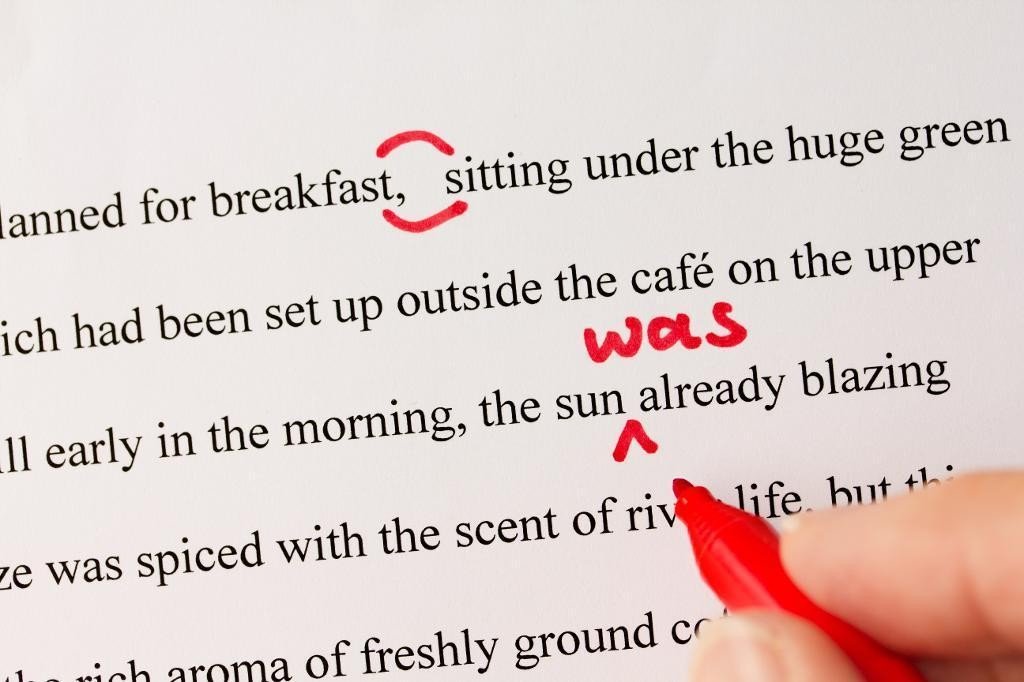What is proofreading?
According to the Cambridge Dictionary, proofreading is the act in which “one finds and corrects mistakes in text before it is printed or put online”. If we look for it in the Oxford Dictionary we will see that to proofread is “read (printer’s proofs or other written material) and mark any errors”. Meaning that proofreading is the process in which a text is brought to a publishing standard. It is generally a fancy word for correction and often it will be interchangeably used with QA (quality/assurance).
Proofreading is often done by external proofreaders (some person other than the one writing the text) or it can even be done by the writer him/herself. Usually, to proofread a text, a person needs to have a deeper knowledge and understanding of the language, because he/she will have to correct grammatical and syntactical errors, or, at times, even make improvements to the text in terms of vocabulary to better convey the desired semantic meaning. For example, a writer might deliver his or her manuscript for publication to the editor, and the editor, before publishing it might give it to a proofreader to make sure there are no mistakes. The correction of mistakes by a proofreader does not necessarily imply a lack of linguistic knowledge by the writer. On the contrary, the writer might have extensive knowledge of the language he/she writes in (even deeper than the proofreader might). However, the writer is only human, and it is only natural that he/she may make mistakes (grammatical or syntactical, typos etc.).
Proofreading and Translation
In the translation and localisation industry, proofreading is always done on translated texts. When concerning translation, it is imperative that a proofreading is done, because the process of translation involves different languages, and no matter how well a translator knows the target or source language, mistakes can always be made. So, when a translator finishes a project and turns over the material, the translation coordinator will assign it to a proofreader. The proofreader will then go through both the source and target material, and correct any mistakes he or she located (these include mistakes in grammar, syntax, typos, punctuation, spelling, mistranslations etc.). The proofreader will then return the material to the translation coordinator, who will in turn, deliver it to the client.
Problems with proofreading
However, it might not often be such a simple process as it sounds. Languages are living systems. Which means they are in a state of constant change. Several forms of a word might exist and be competing at the same time. For example, the oxford comma, which is used after the penultimate item in a list of three or more items, before ‘and’ or ‘or’. Alternatively, the spelling of the Greek word for “egg” (“αβγό”, “αυγό” are both correct and in use). There might be confusion among native or near-native speakers of the language about punctuation, syntax, vocabulary and spelling. This may lead to a situation where the proofreader and the writer have different views on a certain part of the text, and they are both right.
To counter this issue, there are often language instructions given to both the translators and the proofreaders. These language instructions are created and written by linguists, who use scientific grammars and vocabularies of the language in question. The instructions are often very detailed and touch on these “linguistic grey zones”, so that everyone working on the project can have a uniform approach to matters of punctuation, spelling, grammar and vocabulary. Apart from the technical issues that might arise, there is also the problem of character. A proofreader might want to use a different expression than the one the translator used. However, the one the translator chose is correct. The proofreader must respect the choices of language of his/her colleague (this is common in literature translation or subtitling of movies/TV series).



